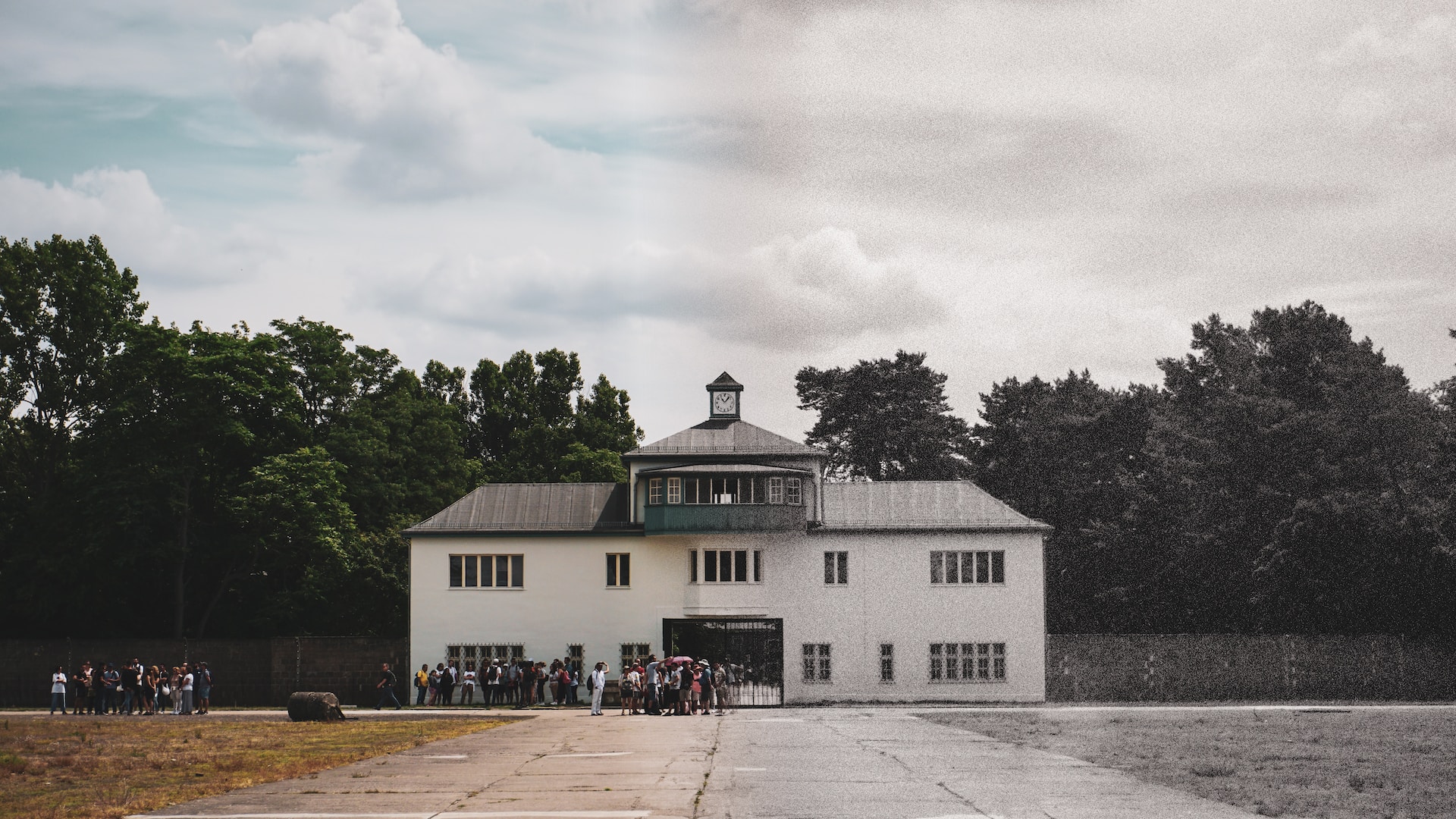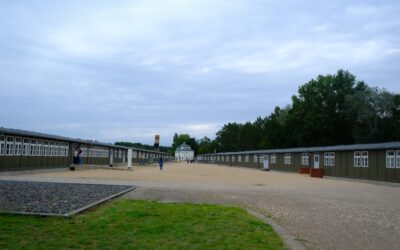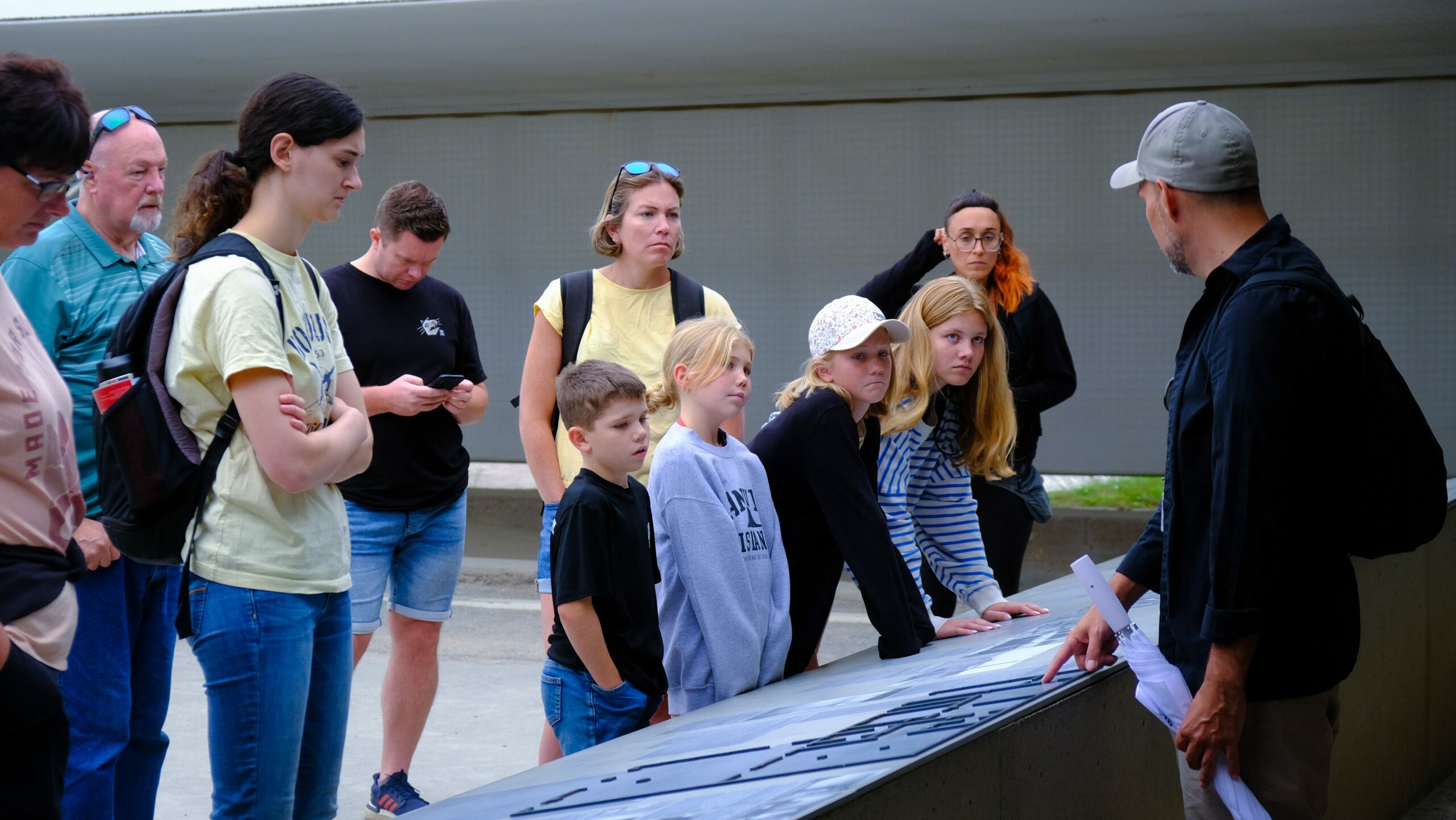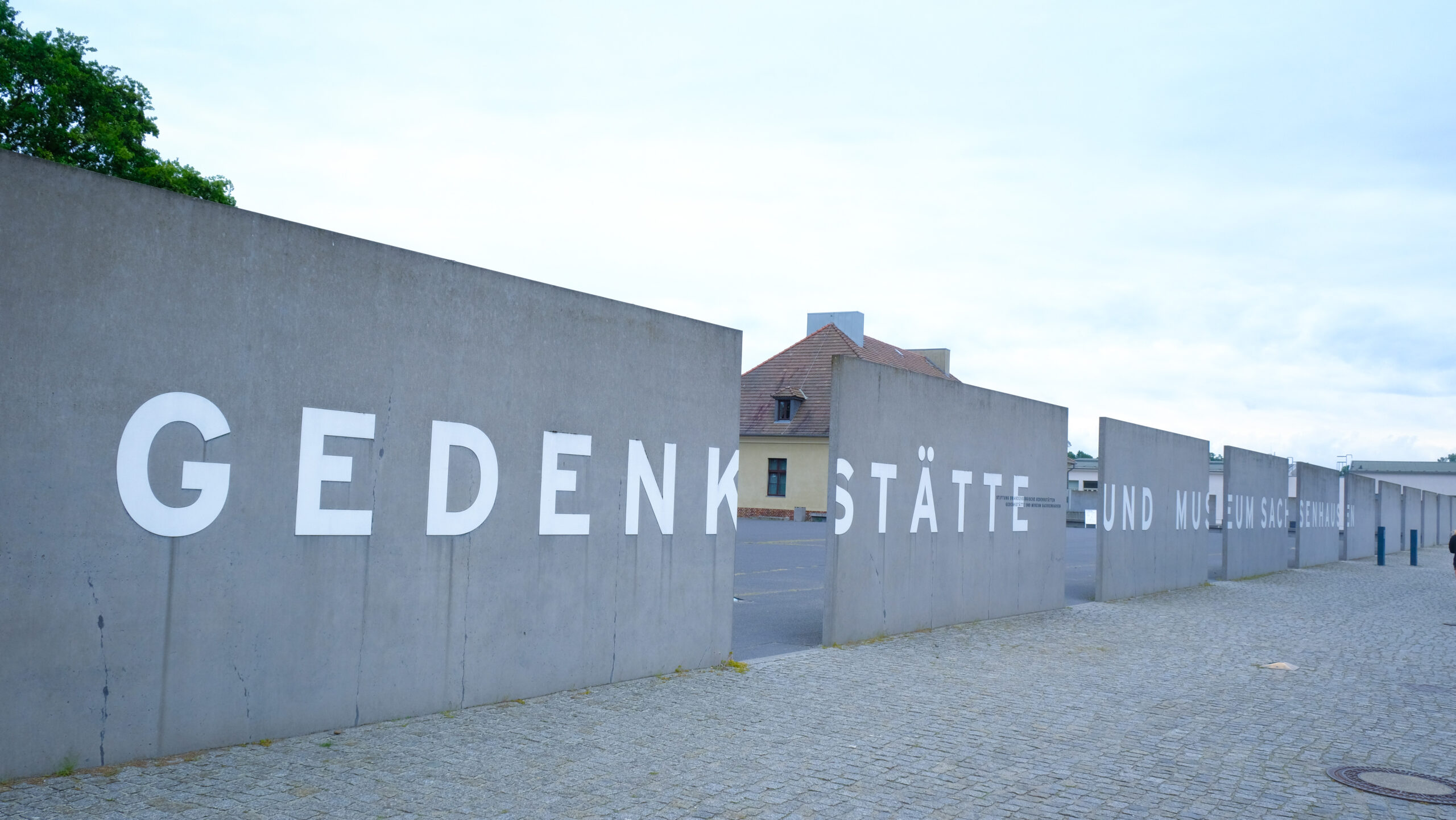Concentration camps were an integral part of the Holocaust, and their horrific existence serves as a haunting reminder of the atrocities committed during World War II. One such significant site was the concentration camp located just outside Berlin, Germany. In this blog post, we will delve into the purpose, significance, and historical context surrounding this infamous concentration camp.
Understanding the Historical Context
In order to identify what the concentration camp near Berlin was used for and why it was important it is necessary to describe the historical background of the camp. Nonetheless, during the Third Reich within the society of Germany, Hitler’s Nazi regime targeted and killed millions of non-recipients through imprisonment with Jews containing the overwhelming majority as part of their genocide campaigns.
Location and Purpose
Sachsenhausen was the concentration camp that was located just outside Berlin. The camp was created at 1936 and it was mainly used to detain political dissidents of the Nazi party especially communism activists, social democrats and trade unionists. Nonetheless, over time Sachsenhausen became a place where Jews, homosexuals, Sinti and Roma and other considered undesirable were also imprisoned.
Many diverse concentration camp experiments were inspired by Sachsenhausen. Its proximity to the capital made it a strong symbol of the propaganda used by the Nazis, as they would routinely take foreign visitors on ‘tours’ of Sachsenhausen to give the façade of proper treatment.
Living Conditions
Even the living standards in the concentration camp were very inhuman and barbaric toulle the extreme. They were exposed to too many prisoners in a single cell, lack of food, constant thrashings and shouting, and ineffective booth. It has been said that survivor’s actually feel like they are living in a state of ‘fear of death’ where violence and death are always looming.
During the second and third years of imprisonment, prisoners received numerous tortures: continuous roll calls when it was very cold or hot, cases of deadly experiments on prisoners’ bodies, and, of course, the constant beatings by the SS soldiers. The idea was to demoralize the prisoners, deny them any shred of human respect and destroy what little spirit may still be in them.
Resistance and Liberation
Nevertheless, there was organized resistance inside the concentration camp and even in such conditions life was preserved. They provided education and music to each other, organized theater plays and even performed most dangerous stunts of escaping prison. These acts meant resistance against the Nazi regime and endurance to the end of receiving such treatment. CES Education, pp 142.
Soviet troops freed this camp on April 22, 1945, during the fighting for the liberation of Germany. This liberation freedom referred to brought to an end the social prison suffering experienced by the prisoners despite the fact that the psychological traumas lasted even after the prisoners were set free.
Remembering and Educating
Nowadays the camp which is situated not far from Berlin is an open memorial or the days of Shoah. They formed it into a memorial and an important manifestation of the price of bigotry, prejudice, and militancy.
People can get a good lesson when visiting such places as Sachsenhausen. It makes it possible to remember the victims and to draw from those tragic events as well as to put ourselves to the task of fighting for equality and justice for people.
Conclusion
The concentration camp only a few miles from Berlin called Sachsenhausen contributed a great deal to the system of extermination by the Gestapo. A historical perspective, its rationale or intended use, and the everyday lives of those people who were once imprisoned in gas chambers will help people to avoid misusing the concept of the Holocaust. Retelling and informing the younger generations of these sad pages in history is crucial in building compassion, tolerance, and making sure they do not happen again.




